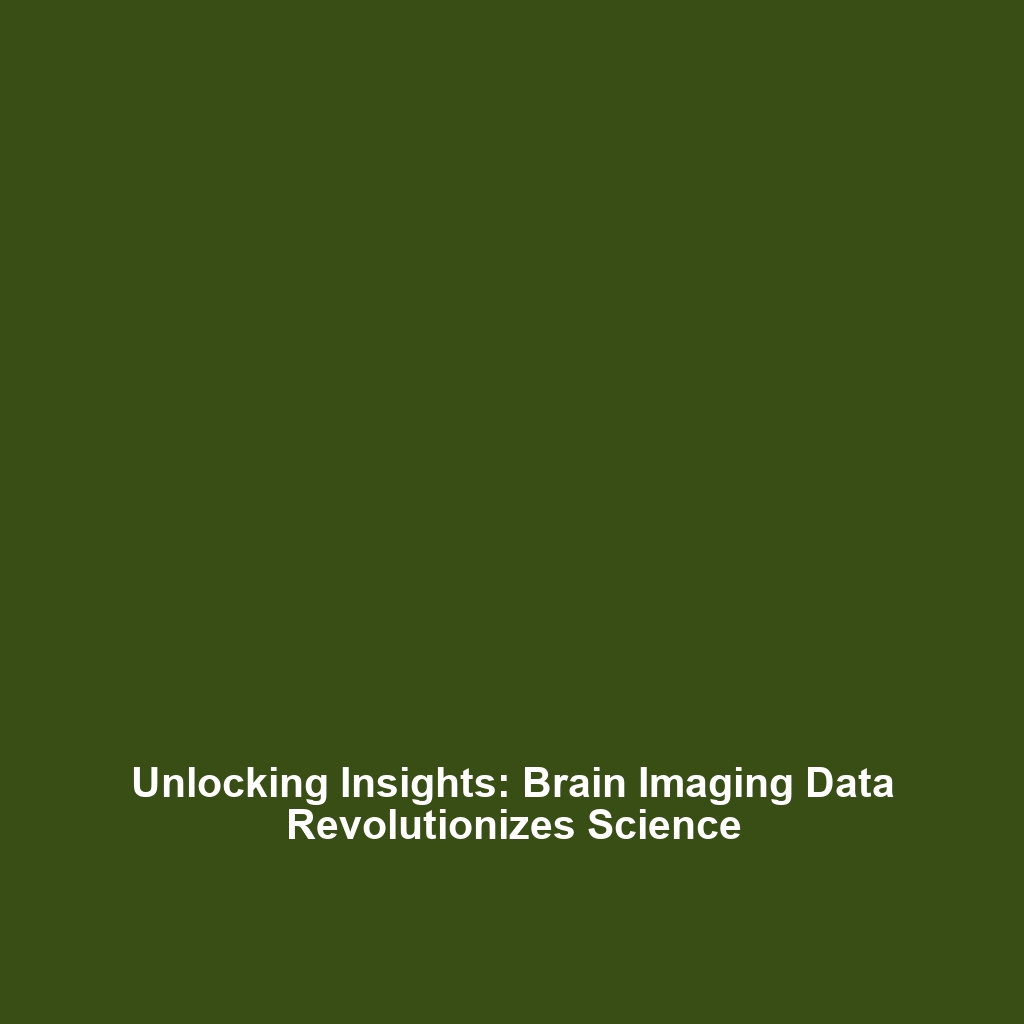Structure of a Neuron: Cell Body, Dendrites, and Axon
Introduction
The structure of a neuron—comprising the cell body, dendrites, and axon—plays a vital role in the field of biomechanics. Neurons are the fundamental units of the nervous system, responsible for transmitting information throughout the body. Understanding the architecture of neurons enhances our comprehension of biomechanical interactions in neural tissues and the implications for movement and cognition. This article delves into the intricacies of neuron structure and its significance within biomechanics.
Key Concepts of Neuron Structure
The Cell Body
The cell body, or soma, contains the nucleus and organelles essential for neuron function. It is responsible for maintaining cellular health and integrating signals received from dendrites.
Dendrites
Dendrites are branched extensions of the neuron that receive electrical signals from other neurons. They play a crucial role in communication, enabling the transmission of information to the cell body.
Axon
The axon transmits impulses away from the cell body toward other neurons or muscle cells. Its structure allows for rapid signal propagation, which is essential for coordinating biomechanical processes such as reflexes and voluntary movements.
Applications and Real-World Uses
The applications of the structure of a neuron in biomechanics are profound, particularly in areas such as:
- Rehabilitation: Understanding how neurons function can lead to better rehabilitation techniques following nerve injuries.
- Prosthetics: Innovations in neural interfaces allow prosthetic devices to be controlled by neural signals, enhancing user experience and functionality.
- Neuroprosthetics: Devices that can restore lost functions through neural stimulation rely on comprehension of neuron structure and signaling.
Current Challenges
Despite advancements, several challenges persist in studying or applying the structure of a neuron within biomechanics:
- Complex Interactions: The microenvironment of neurons is incredibly complex, complicating the understanding of their interactions.
- Variability: Individual differences among neurons can lead to variability in how they respond to stimuli.
- Technological Limitations: Current imaging and measurement technologies may not capture the full dynamics of neuron function.
Future Research and Innovations
Looking ahead, innovative research is focusing on:
- Next-Generation Neural Interfaces: Advancements in materials science will facilitate more effective direct interfaces with neurons.
- Regenerative Medicine: Exploring techniques for neuron regeneration may overcome existing limitations in nerve repair.
- Artificial Intelligence: AI-driven analyses of neuron data could reveal new insights into neurobiomechanical relationships.
Conclusion
Understanding the structure of a neuron—cell body, dendrites, and axon—provides crucial insights into the field of biomechanics. It informs not only academic research but also practical applications in rehabilitation, prosthetics, and neuroprosthetics. For further reading on related topics, consider exploring our articles on Neural Signaling and Applications of Biomechanics in Health Care.

